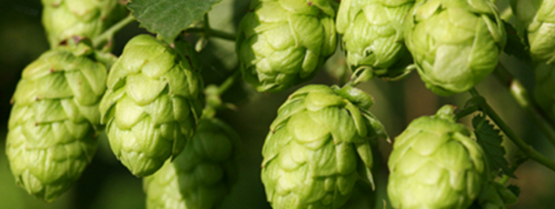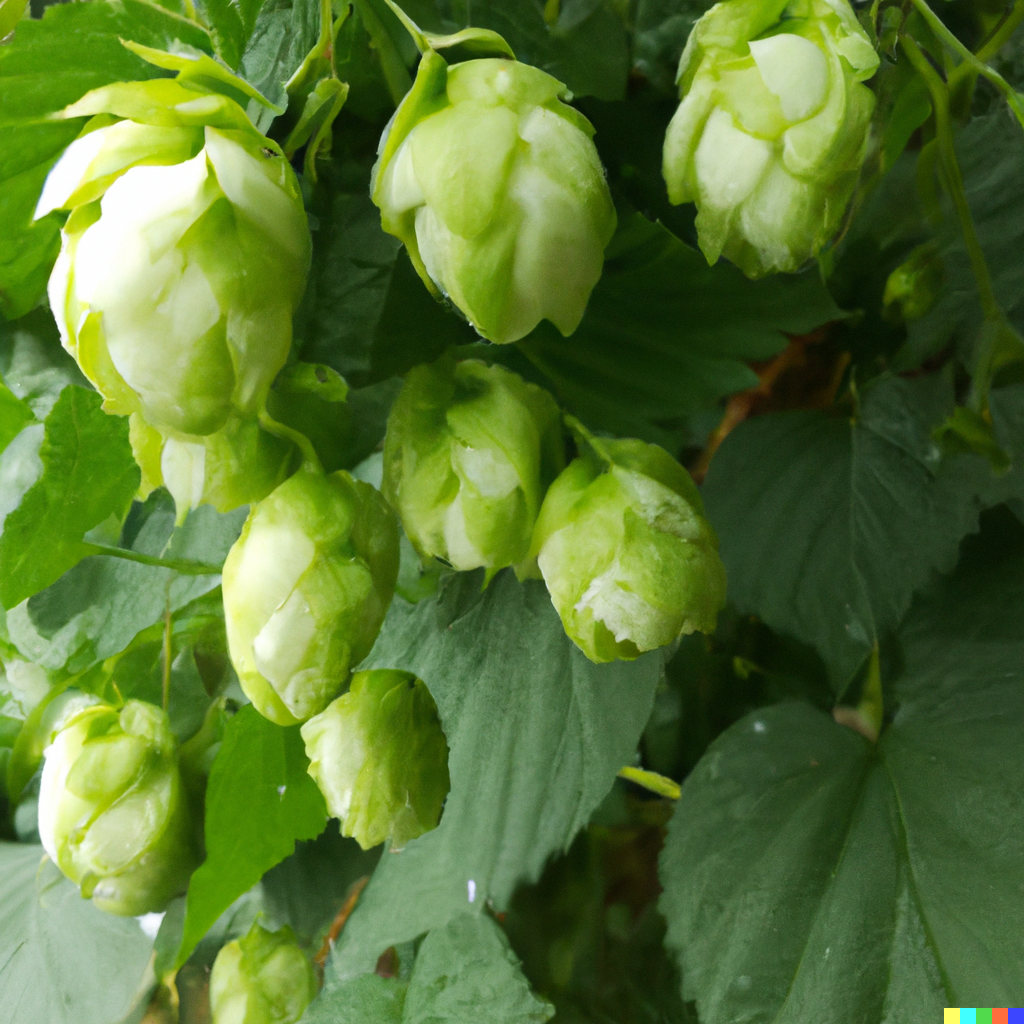When do I add hops to my beer wort? A Guide for Beer Kit Brewers
This hops guide is focused on making beer using a kit rather than by doing a full boil, which is the stage when hops are usually added to create bitterness. For kit brewers, it is dead easy to add hops to your wort to introduce vibrant aromas and flavors.
The simplest method is called dry hopping. All you have to do is throw those precious green bullets of bliss into your drum once you have mixed all your ingredients together. It is as easy as pitching yeast. In this context, you are using hops for flavor and not so much for bittering purposes. But that's the easy way out to adding hops to your beer kit brew. There are some other methods that you might wish to try that will add even more character and flavor to your beer. Let's explore them.
Dry Hopping (Late Fermentation)
Primary Benefit:Intense Aroma
Some beer brewers insist that you will get a better bang for your buck if you add the hops 5 or so days after your beer has begun fermenting. From what I can figure out, the rationale is that the precious 'aromatic oils' (like myrcene, humulene, and caryophyllene) that can be lost during the vigorous CO2 production of early fermentation are better retained in the beer. They may be right.
This method is particularly effective for enhancing the aromatic profile of the beer without adding bitterness. This is because the process lacks the heat of a boil, so the alpha acids in the hops do not undergo isomerization, the chemical reaction that creates bitterness. Because the hops are not boiled, you get a pure infusion of aroma. This is widely used in IPA style beers to heighten the hop aroma, a signature characteristic of the style.
The main negative of simply adding loose dry hops into your wort is that it does increase the likelihood of there being sediment in your beer. However, with a good pouring technique and refrigeration before said pour (a process called 'cold crashing'), you'll be OK.
Dry Hopping (Muslin Bag)
Primary Benefit:Clarity & Control | Key Gear:Muslin Bag
To try and prevent excess sediment, consider this: adding the hops secured inside in a muslin cloth bag. We are not kidding. If you wrap your hops up into a muslin cloth, the idea is that the hop debris stays in the bag, but all the flavors get out and into your beer, meaning that you will have a clearer beer. This allows the hop flavors and aromas to permeate the beer while keeping physical hop material contained.
There are some arguments that this technique will actually hamper the effect of the hops as they kind of need 'room to breathe' and infuse the beer with their magical bitterness and IBU. While enclosing hops can slightly restrict their full exposure to the wort, it’s a favored approach for maintaining clarity and ensuring that the final product is free of floating debris. A pro tip is to add a few sanitized glass marbles to the bag to ensure it sinks and doesn't just float on the surface.
The 'Hop Tea' Technique
Primary Benefit:Adds Bitterness & Aroma
If you feel the previous points are fair, then I suggest you consider the 'Hop Tea' technique. That's right, before you make beer, you are going to make a cup of hop tea. Put the hops in the muslin bag and then boil it for several minutes. The hop pellets will quickly disintegrate. This is normal.
During the boil, have a good smell and enjoy the aromas. That's the deliciousness you want to impart into your beer. This process allows for a controlled extraction of bitter compounds (isomerized alpha acids) and can be useful when a brewer wants to increase both the flavor intensity and bitterness of the beer. When you've boiled the hops for long enough, turn the pan off. It's wise to cool this tea before adding it to your fermenter to avoid harming the yeast.
At this time, you'll also have prepared your wort, so now put everything you've boiled - the whole muslin bag and the bittered tea that you've made. It will be a green mess, like the Hulk puked up or something, but the idea here is that the great hops aromas and oils have been removed from the pellets and will mix easily with your brew. The bag itself will not have any effect on the beer or fermentation process; it can be disposed of on bottling day.
The key thing is to not overthink things. Sure you could use a hop chart and worry about boiling times but really, if you are starting out, just relax and read something from the Dune universe. If you are using a starter kit, or have done a few brews, what you are wanting to do is make a good, first up time beer and not worry too much. Using extra hops already shows you are ahead of the curve, just get them into the fermenter and sit back and wait for the hops magic to happen until you are ready to bottle your beer.
Now you've got a nice brew ready, sit back, grab a glass of healthy Kombucha and watch some Star Wars!

















0 comments:
Post a Comment